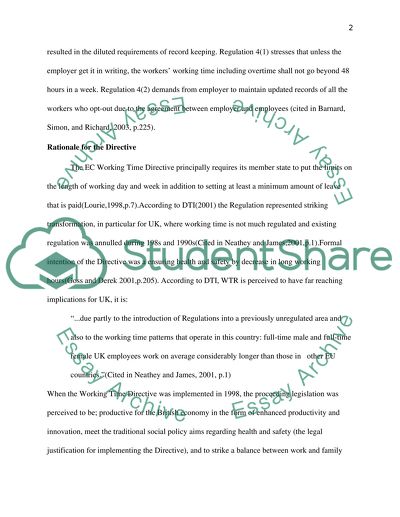Cite this document
(“Employment Law and Practice (in Human Resource Management) Essay”, n.d.)
Retrieved from https://studentshare.org/environmental-studies/1414159-employment-law-and-practice-in-human-resource
Retrieved from https://studentshare.org/environmental-studies/1414159-employment-law-and-practice-in-human-resource
(Employment Law and Practice (in Human Resource Management) Essay)
https://studentshare.org/environmental-studies/1414159-employment-law-and-practice-in-human-resource.
https://studentshare.org/environmental-studies/1414159-employment-law-and-practice-in-human-resource.
“Employment Law and Practice (in Human Resource Management) Essay”, n.d. https://studentshare.org/environmental-studies/1414159-employment-law-and-practice-in-human-resource.


